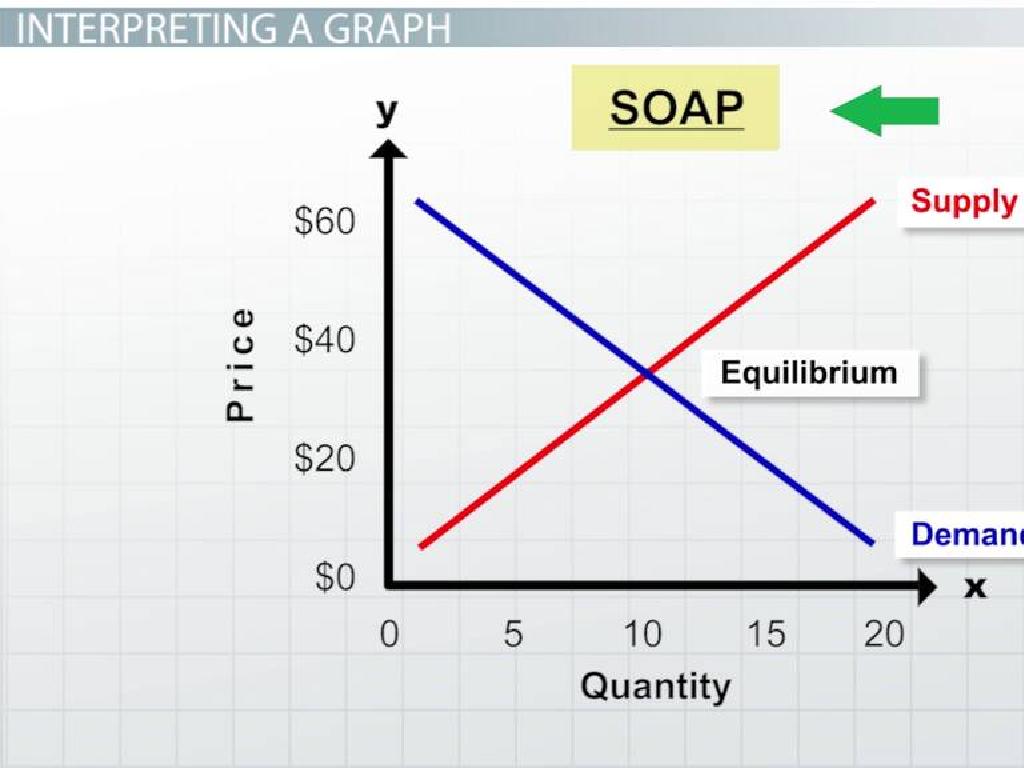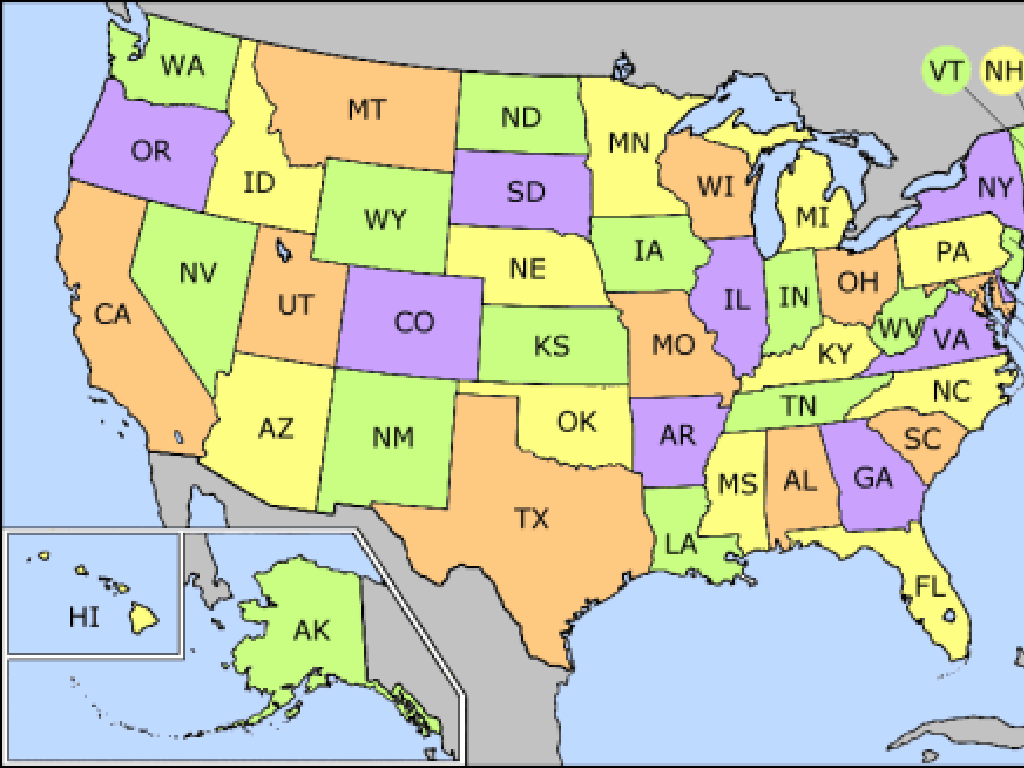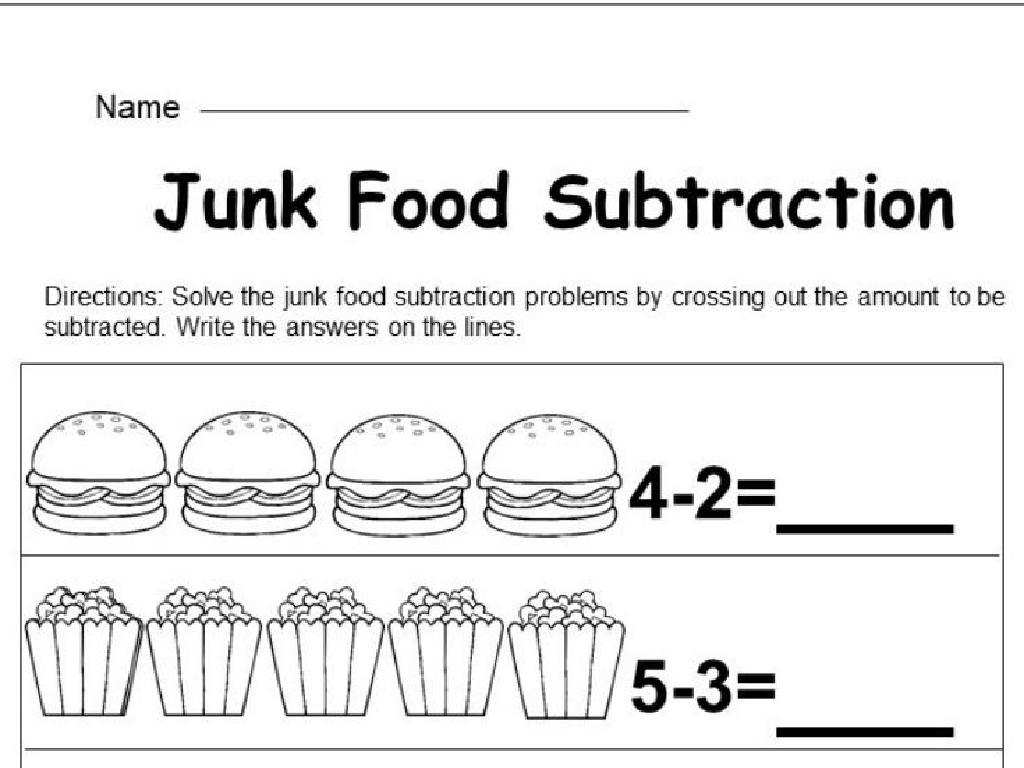Side Lengths And Angle Measures Of Similar Figures
Subject: Math
Grade: Seventh grade
Topic: Congruence And Similarity
Please LOG IN to download the presentation. Access is available to registered users only.
View More Content
Introduction to Similar Figures
– Understanding congruence vs. similarity
– Congruence involves same shape & size; similarity involves same shape, not size.
– Defining similar figures
– Figures with corresponding angles equal & sides proportional.
– Exploring properties of similar figures
– Proportional sides, equal angles, and the same shape.
– Practical applications of similarity
|
This slide introduces the concept of similar figures, which is a fundamental part of understanding congruence and similarity in geometry. Start by explaining the difference between congruence (where figures are identical in shape and size) and similarity (where figures are the same shape but not necessarily the same size). Emphasize that in similar figures, angles remain the same, and the sides are proportional. This can be demonstrated with geometric figures or real-life objects that are scaled versions of each other. Encourage students to think of examples of similar figures they see in everyday life, such as different-sized photo frames with the same shape. The goal is to help students recognize similar figures and understand their properties, setting the stage for more complex geometric concepts.
Exploring Side Lengths in Similar Figures
– Compare side lengths in similar figures
– Similar figures have sides in the same ratio
– Understand proportionality concept
– Proportional sides mean equal ratios of lengths
– Example: Calculate missing sides
– Use ratios to find unknown lengths in similar shapes
|
This slide introduces students to the concept of comparing side lengths in similar figures, emphasizing the idea that similar figures maintain the same ratio between corresponding sides. Proportionality is a key concept here, and students should understand that if two shapes are similar, the lengths of their sides are proportional. To illustrate this, present an example where students calculate missing side lengths using the ratio of the sides of the figures. Encourage students to set up proportions and solve for the unknown using cross-multiplication. This will help them understand how to apply proportionality to find missing measurements in similar figures.
Angle Measures in Similar Figures
– Angles stay equal in similar figures
– How to identify corresponding angles
– Look for angles in the same relative position
– Class activity: Measure angles
– Use protractors to measure angles in various figures
– Understanding angle congruence
– Even if the size changes, the angle measures are the same
|
This slide introduces the concept that in similar figures, the angles remain equal even if the side lengths differ. Start by explaining that similar figures have the same shape but may be different in size. Emphasize the importance of identifying corresponding angles, which are angles in the same relative position in each figure. For the class activity, provide students with protractors and have them measure angles in different figures to see that the angles are congruent. This hands-on activity will help solidify their understanding of angle measures in similar figures. Prepare to discuss real-life examples where this knowledge is applicable, such as in engineering and architecture.
Understanding Scale Factor
– Define Scale Factor
– Ratio of any two corresponding lengths in similar figures
– Calculate Scale Factor
– Divide the length of a side in one figure by the corresponding side’s length in another
– Practice Problem
– Find missing side: If one rectangle is 3x larger than another, what’s the length of the larger rectangle’s side?
– Applying Scale Factor
– Use scale factor to find unknown side lengths and angles in similar figures
|
This slide introduces the concept of scale factor, which is crucial for understanding similar figures in geometry. Start by defining scale factor as the ratio of corresponding lengths in similar figures. Then, demonstrate how to calculate it by dividing the length of a side in one figure by the length of the corresponding side in the other figure. Provide a practice problem where students use a given scale factor to determine missing side lengths. Encourage students to solve the problem and explain their reasoning. Finally, discuss how to apply the scale factor to find unknown measurements, reinforcing the concept with additional examples if time allows.
Real-Life Applications of Similar Figures
– Similar figures in architecture
– Buildings with proportional dimensions use similar figures, like the different floors of a skyscraper.
– Understanding maps and scale models
– Maps and models use scales to represent larger areas; a 1-inch line might represent 1 mile.
– Discussing other occurrences
– Where have you seen shapes that look the same but are different sizes? Maybe in art or nature?
– Exploring practical uses
|
This slide aims to show students how the concept of similar figures they learn in class applies to the real world. In architecture, similar figures are used to maintain proportions in design. When reading maps or creating scale models, understanding the concept of similarity and scale is crucial for accurate representation. Encourage students to think about and discuss where they have encountered similar figures in their daily lives, such as in patterns, art, or even in the arrangement of leaves on a stem. This discussion can help them realize the ubiquity and practicality of math concepts.
Class Activity: Creating Similar Figures
– Draw two similar figures
– Use the given scale factor
– Equip: graph paper, ruler, protractor
– Discuss similarities with the class
– Explain how the angles remain the same and the sides are proportional
|
In this activity, students will apply their understanding of similarity by creating pairs of similar figures using a scale factor. Provide each student with graph paper, a ruler, and a protractor. They should use the scale factor to accurately draw two figures that are the same shape but different sizes. Once completed, students will form groups to share their figures and discuss the properties that make them similar, such as equal corresponding angles and proportional side lengths. As a teacher, circulate to ensure students are correctly applying the scale factor and encourage them to articulate their understanding of similarity. Possible variations of the activity could include using different scale factors, creating similar figures of different shapes, or challenging students to find real-life objects that are similar.
Review and Q&A: Similar Figures
– Recap of similarity concepts
– Discuss side lengths and angles
– Remember, corresponding sides are proportional, and angles are equal.
– Q&A session
– Time to ask questions about today’s lesson.
– Homework: Find similar figures
– Look for objects that have the same shape but different sizes.
|
This slide is meant to consolidate the students’ understanding of similar figures, focusing on the congruence of angles and the proportionality of side lengths. Begin with a brief recap of the key points from today’s lesson, ensuring that students grasp the concept of similarity in geometry. Open the floor for a Q&A session, encouraging students to ask questions to clarify any doubts. For homework, students are tasked with finding real-life examples of similar figures, which will help them relate the mathematical concept to the world around them. This activity will also prepare them for the next class discussion. Provide guidance on what to look for in similar figures, such as identical shapes with different sizes, and remind them to consider both the angles and the side lengths.






